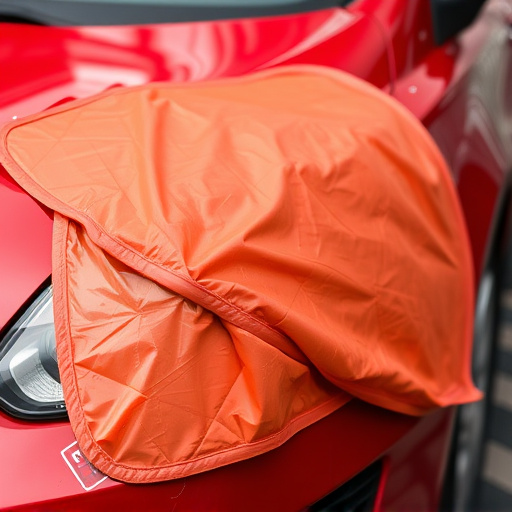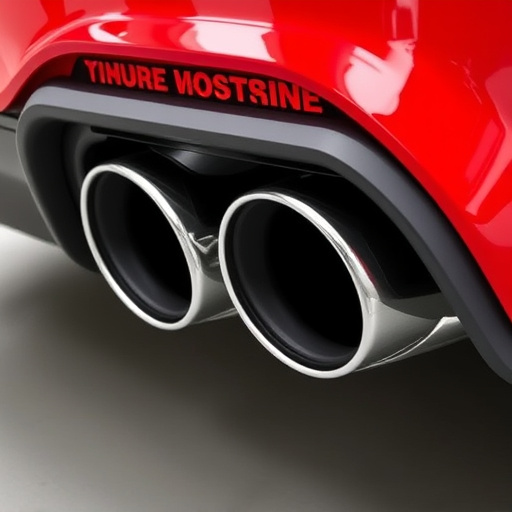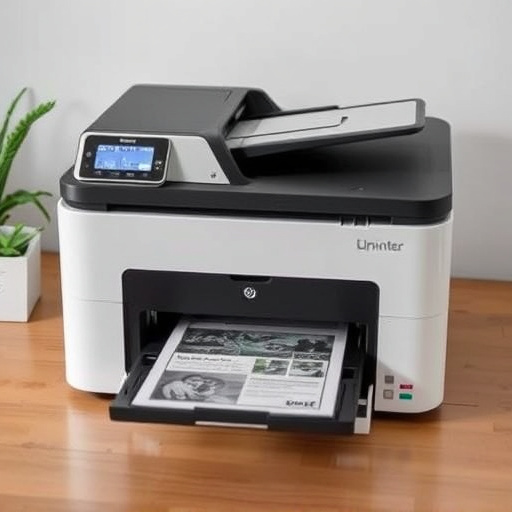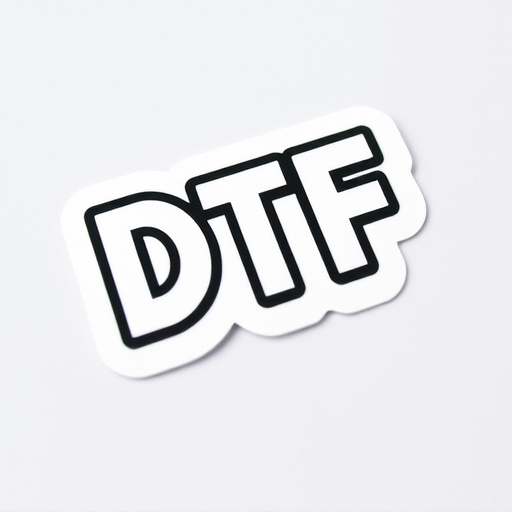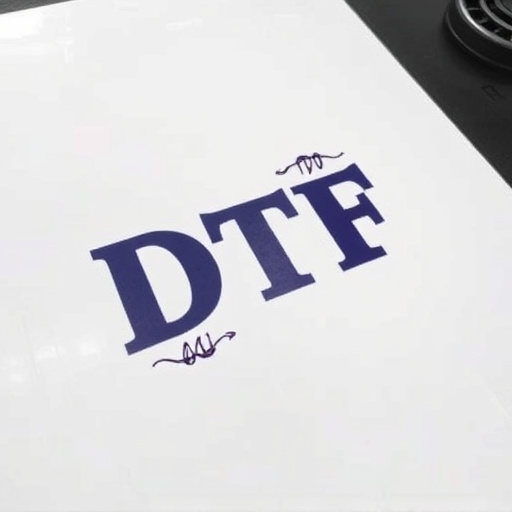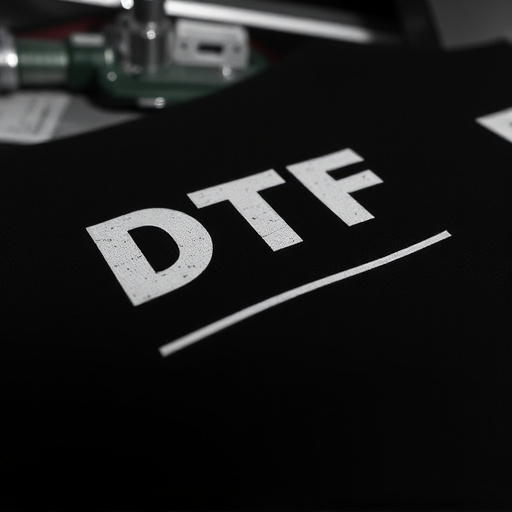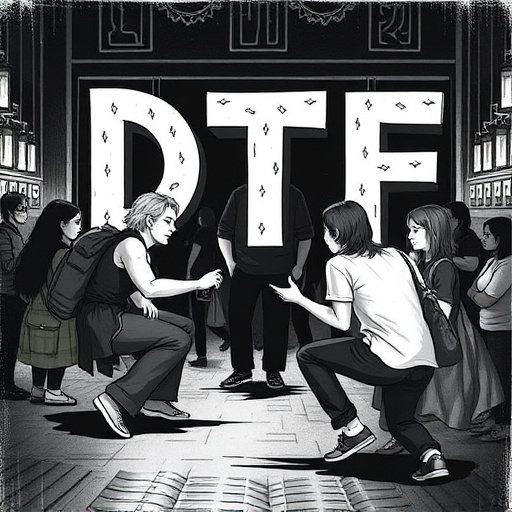Using DTF Transfer Sheets requires understanding file compatibility and optimization for successful transfers onto fabrics. Common mistakes like incorrect settings, misalignment, and lack of preparation lead to poor print quality. Security measures, including high-quality sheets and proper surface preparation, are vital to prevent design distortion or loss. Following guidelines ensures precise design reproduction, enhancing the quality of decorated textiles.
Using DTF Transfer Sheets can streamline data migration, but common mistakes can lead to costly errors. This article explores three critical issues: misunderstanding data compatibility between systems, incorrect setup and configuration that result in inaccurate transfers, and neglecting security measures during data movement. By addressing these problems, organizations can ensure seamless, secure, and reliable data transfer using DTF sheets.
- Misunderstanding Data Compatibility
- Incorrect Setup and Configuration
- Neglecting Security Measures During Transfer
Misunderstanding Data Compatibility
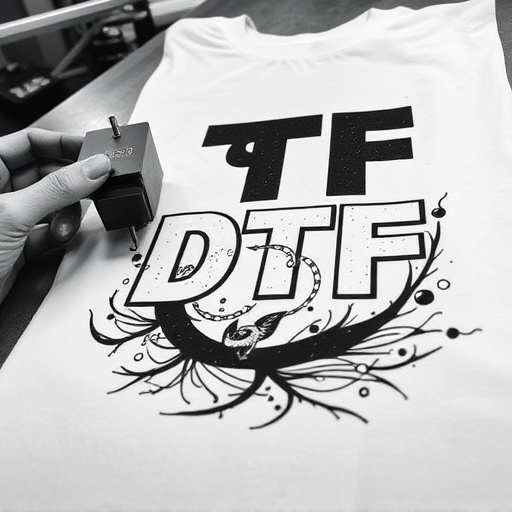
Many users new to DTF Transfer Sheets often fall victim to a critical misunderstanding: assuming that all data is compatible with this technology. DTF sheets, while incredibly versatile, are designed for specific types of printing and material interactions. Not all designs or data formats will translate smoothly onto hoodies, t-shirts, or other fabrics using a direct-to-film printer. This is where the true value of DTF heat transfer paper lies—in its ability to facilitate precise transfers, requiring users to be mindful of file types, resolutions, and color profiles.
For instance, complex vector graphics might look crisp on-screen but can become distorted or pixelated when printed directly onto fabric using a direct to film personalized hoodies setup. Similarly, raster images that are too low resolution may result in blurry details during the transfer process. Users should always ensure their data is optimized for DTF printing by checking file compatibility with their chosen DTF heat transfer paper and printer.
Incorrect Setup and Configuration
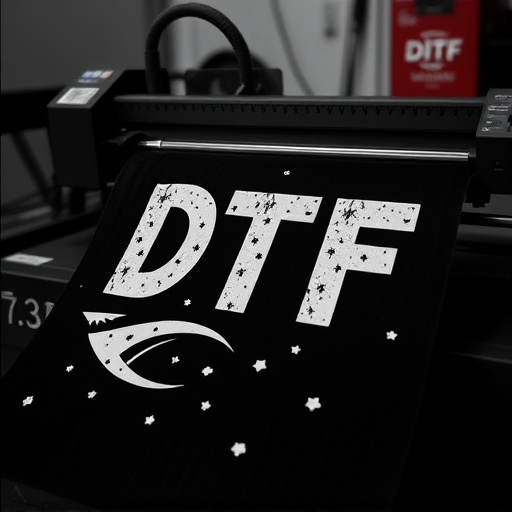
Using DTF Transfer Sheets effectively requires a keen eye for detail and a thorough understanding of the process. One of the most common mistakes users make is an incorrect setup and configuration. This often stems from a lack of preparation or familiarity with the equipment. For instance, using the wrong heat press settings can lead to either incomplete transfers or damage to the fabric, especially when dealing with light fabrics. DTF printing for light fabrics necessitates precise temperature and pressure control to ensure the design is accurately applied without burning or deforming the material.
Additionally, improper alignment of the transfer sheet on the fabric can result in uneven prints or even design distortion. Users should take their time to calibrate the positioning precisely, following the manufacturer’s guidelines for optimal results with their DTF printer. A meticulous approach to setup and configuration is key to avoiding these issues and achieving consistent, high-quality prints using DTF Transfer Sheets.
Neglecting Security Measures During Transfer
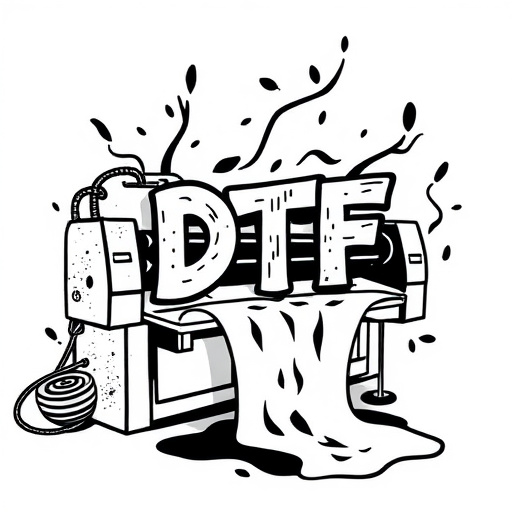
Using DTF Transfer Sheets is a convenient way to apply intricate designs to various materials, especially in the textile industry. However, many users overlook an essential aspect—security measures during the transfer process. This can lead to significant issues and compromise the integrity of both the design and the final product. When conducting heat press transfers using custom sheets for garments, ensuring proper security is paramount.
Neglecting security means that the transfer sheet might not adhere correctly to the substrate (the material being printed), leading to design distortion or even complete loss during heat application. It’s crucial to follow recommended guidelines, use high-quality sheets, and prepare surfaces adequately to avoid these common mistakes. In addition, using a DTF transfer ensures that the design is precisely transferred, preserving its details and vibrancy, and ultimately enhancing the overall quality of the garment or product being decorated.
Using DTF Transfer Sheets can streamline data transfer processes, but users often encounter common pitfalls. Misunderstanding data compatibility, incorrect setup, and neglecting security measures during transfers can lead to errors and data loss. To ensure successful transfers, it’s crucial to thoroughly understand your data, meticulously configure the sheets, and implement robust security protocols from the outset. With these steps in mind, you’ll be well-equipped to harness the full potential of DTF Transfer Sheets.

